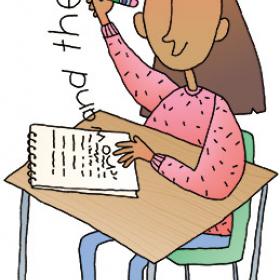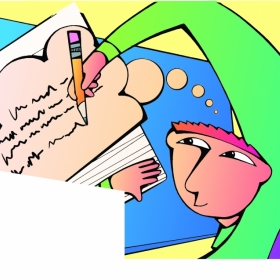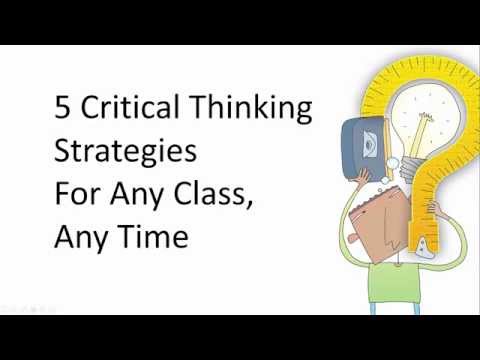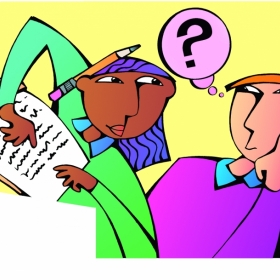Page 021 from
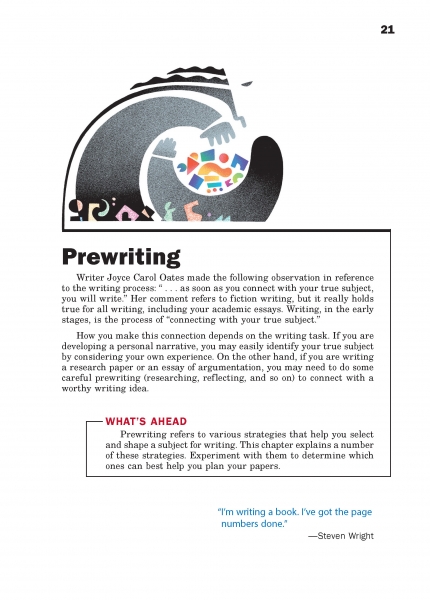
Start-Up Activity
Ask students to describe the best process for getting into a cold swimming pool. Do they prefer to wade in, inch by inch? Do they prefer to plunge in and get the shock over at once? Different people will have different methods, but most would agree that once they are in, they can get along "swimmingly."
Ask students how they start other difficult activities:
-
getting up in the morning
-
beginning homework
-
searching for a job
-
asking a person on a date
-
cleaning a room
-
getting to sleep at night
For each activity, getting started is the hard part. That's why students use certain methods, techniques, and rituals. The same is true with writing. Often getting started is the toughest part. However, students can use any number of prewriting strategies to help them wade in to those cold waters or deal with the shock of "taking the plunge."
Think About It
“I'm a curious person, and I always like to test new waters, and I've always jumped into the cold water and then started to think about how to swim.”
—Jochen Zeitz

Start-Up Activity
Ask students to describe the best process for getting into a cold swimming pool. Do they prefer to wade in, inch by inch? Do they prefer to plunge in and get the shock over at once? Different people will have different methods, but most would agree that once they are in, they can get along "swimmingly."
Ask students how they start other difficult activities:
-
getting up in the morning
-
beginning homework
-
searching for a job
-
asking a person on a date
-
cleaning a room
-
getting to sleep at night
For each activity, getting started is the hard part. That's why students use certain methods, techniques, and rituals. The same is true with writing. Often getting started is the toughest part. However, students can use any number of prewriting strategies to help them wade in to those cold waters or deal with the shock of "taking the plunge."
Think About It
“I'm a curious person, and I always like to test new waters, and I've always jumped into the cold water and then started to think about how to swim.”
—Jochen Zeitz
